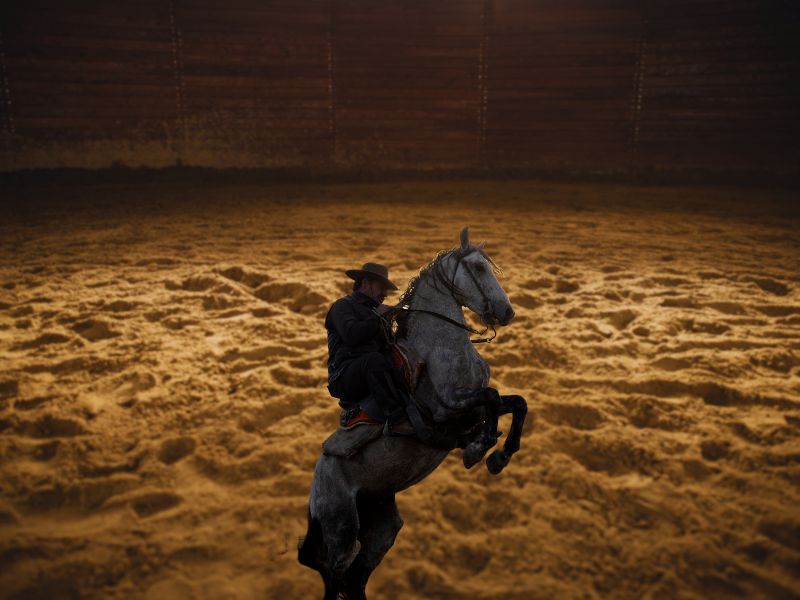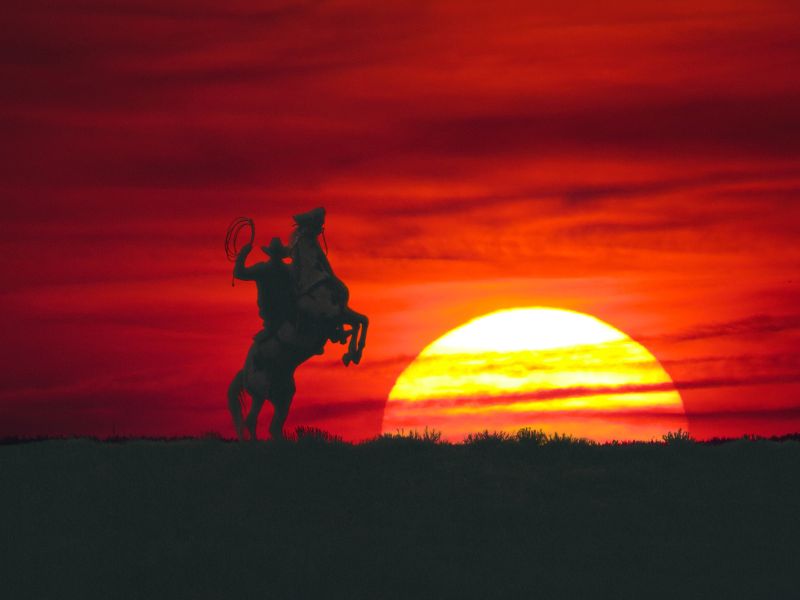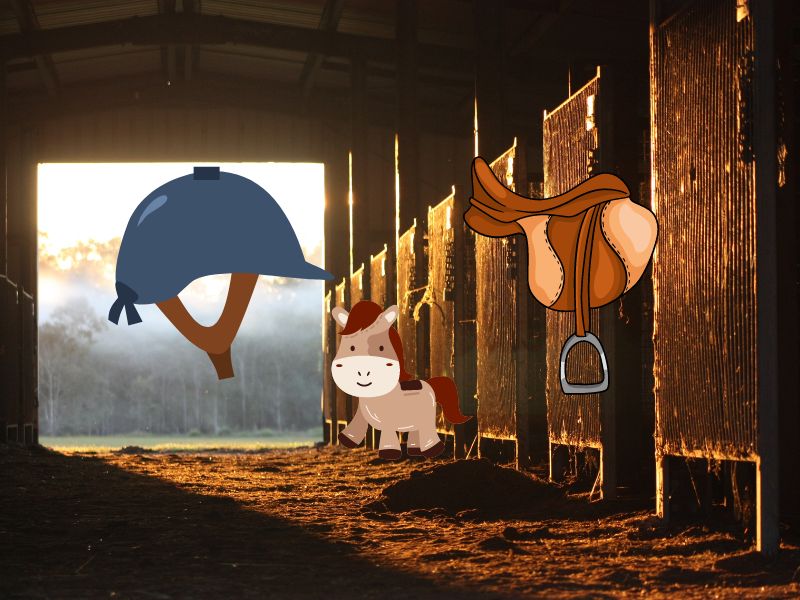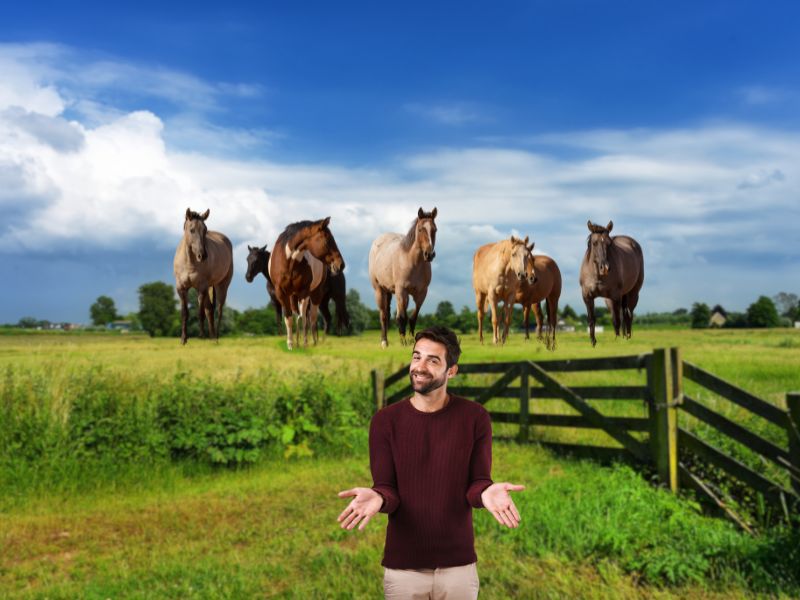In the storied history of the Wild West, one skill stood above all others in defining a true cowboy—the art of horsemanship. Mastering the art…
In the vast and rugged landscapes of the Wild West, where cowboys roamed freely and the sun beat down relentlessly, a symbol of both fashion…
In the heart of the Wild West, where vast landscapes meet endless horizons, a remarkable bond formed between two creatures of unmatched spirit—the cowboys and…
A Glimpse into the Past In the vast expanse of the Wild West, where untamed lands stretched as far as the eye could see,…
Embracing Tradition and Connection in the Saddle Saddle up and embark on a journey through the rich history and captivating allure of Western horseback riding.…
Transporting horses safely and comfortably is a crucial aspect of horse ownership. Whether you’re going on a short trip to a local event or embarking…
Horseback riding is a thrilling and rewarding activity, but it comes with inherent risks. Safety should always be the top priority for riders of all…
When embarking on the exciting journey of horseback riding, one of the most crucial decisions you’ll make is selecting the right horse. Whether you are…
Connecting with Horses in Their Most Natural Form In a world where saddles and reins are the norm, bareback horse riding offers an unparalleled connection…
When it comes to adrenaline-pumping excitement, few things can match the thrill of fast-paced horse racing in the galopp. As hooves thunder across the track…









